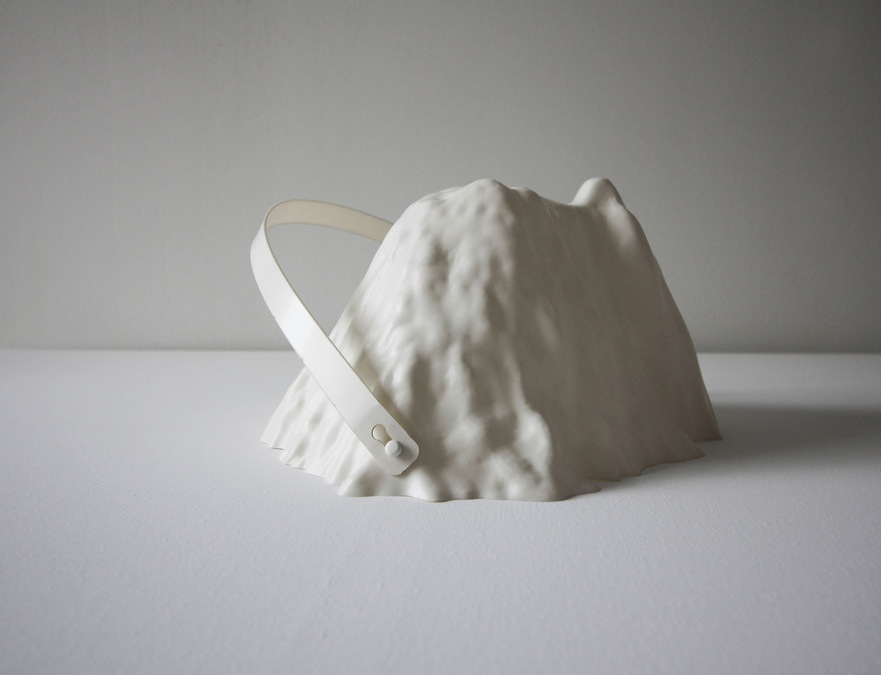Countryfile: Contemporary Art across Scotland
As the thought of leaving the house becomes more pleasant, let's take it a few (thousand) steps further and see what's going on in the art venues and galleries in the farther reaches of Scotland
Scotland's countryside is punctuated by cultural venues in remote locations which offer a different context for the display and creation of art through residency and core programmes. Here is the 2019 attempt to get The Skinny’s readership to explore the beautiful destinations far beyond the city streets, with the distinctive and exciting programmes of exhibitions and events in outlying arts institutions.
Director of Cample Line in South West Scotland, Tina Fiske describes some of the more acute sense of responsibility that sometimes comes with being the main arts venue in an outlying location, wondering “What can we achieve here, who can help us do it, who do we want to reach, how do we reach them and how do they in turn reach us?” In their programme, they bridge the kind of artists that might be familiar from main urban galleries with a sensitivity to the distinctive interests and experiences of local audiences.
For keen island explorers-cum-arts enthusiasts, the Hebrides are studded with at least five venues of interest. Like many of the different places listed here, Comar on Mull and Taigh Chearsabhagh on North Uist are both multi-arts organisations, each hosting a breathtaking number and range of different events throughout the year. Despite their distance from each other, their current projects each reflect an acute awareness of the urgent climate crisis, whether through clay artworks in Uist or experimental light installation in Mull, hinting at a different sense of the environment that comes with being outside of the Central Belt.
Consciousness of the climate crisis is shared too by Timespan in Helmsdale, a village in the very north-east of the Scottish Highlands. Their different museological, social, culinary, gardening and cultural branches are part of a holistic approach to their involvement in broader social movements, and their activity is channeled into four major projects per year. Their current exhibition, No Colour Bar: Highland Remix: Clearances to Colonialism, challenges Scottish colonial amnesia, and emphasises the Scottish involvement in the brutalities of slave trading.
On Skye, there is Atlas Arts, an award-winning commissioner of new and ambitious work by contemporary artists. They describe themselves as “without walls,” and each new commission comes as an exciting event in itself. They’ve taken place on boats, or the form of surprising architectural interventions, or a dusk-til-dawn experimental performance of a live sound work.
Heading up the isles again, Stornoway’s An Lanntair has an exhibition programme booked up until 2020 which spans the local, national and international, including a conceptual group show in collaboration with the Scottish Society of Artists, a retrospective of island artist Donald Smith, photoworks about the Indian diaspora by Arpita Shah and an open exhibition of artists residing in the Outer Hebrides.
Returning to the mainland, in Huntly there is Deveron Arts. Back in 2017, their project with Manaf Halbouni was featured here as he made the entire town his film set (The Town is the Venue, as their motto goes) and cast the town’s inhabitants, including recently settled Syrians in his alternative historical timeline movie fiction.
State of the art production facility and artist residency provider Scottish Sculpture Workshop this year marks their 40th with a long-term place-sensitive performance project by artist-choreographer Simone Kenyon, who celebrates women's+ relationships with mountainous places with Into the Mountain, culminating in the final weekend of this month, 31 May to 2 June.
As the last stop on the tour of outlying arts spaces, Hospitalfield in Arbroath also has a dual identity of year-round provider of artists' residencies and a commitment to being open to the local community and visitors from further afield. Each year, they host three open weekends that activate the entire house, a Summer Procession of local schoolkids, the Summer School when invited curators create a weekend of events and participants can camp out for the entire thing, as well as ongoing activities, events and tours, including an Open Drawing School.
With each remote institution forming its own idiosyncratic identity and response to cultural programming in radically different landscapes and communities, there’s plenty to see and learn by taking a trip into the mildly wild reaches of Scotland.


